Farmers still depend on nature’s vagaries: pests and extreme weather conditions often cause considerable damage to yields. Fertile land is scarce, natural resources are exhausted, and the demand for them is, on the contrary, constantly growing.
All these challenges require new approaches to food production, including the dynamic application of various technological solutions. Vertical farming is one of these promising directions.
In this article, we explain what vertical farming is, how this technology works, and the benefits it offers.
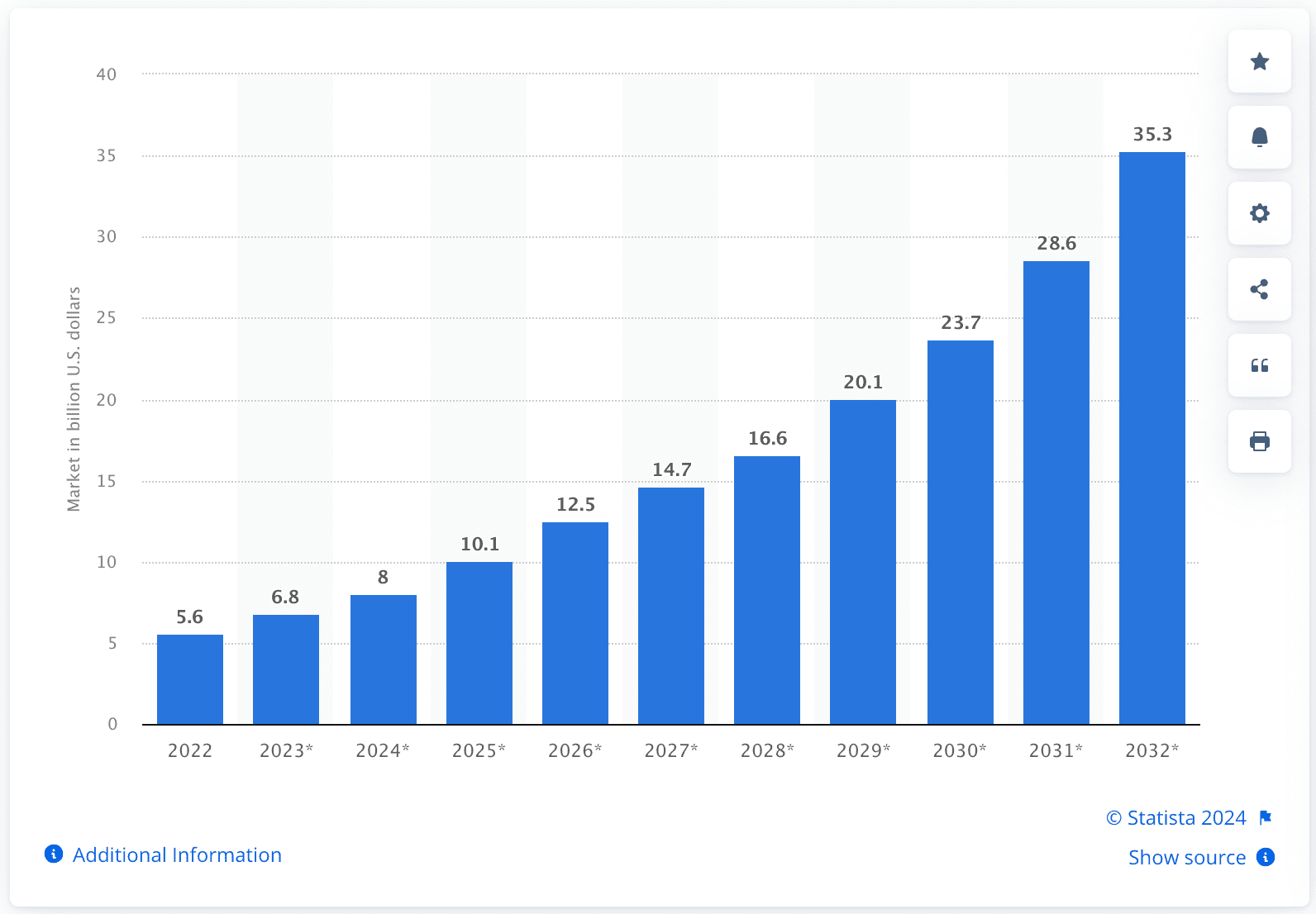
The Netherlands is the largest indoor farming country in the world, and 80% of all indoor grown produce comes from there. The country, which is a bit bigger than Maryland, has become the world’s second largest exporter of agricultural products by value behind the United States.
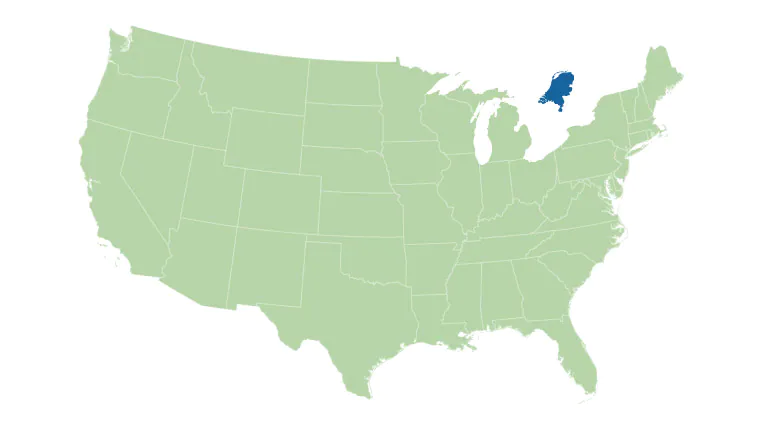
What is Vertical Farming and How Does It Work?
Vertical farming is a relatively new development in agriculture. It allows growing greens indoors. Plants grow one above the other on several levels, which ensures efficient production area utilization.
To grow greens on a vertical farm, particular hydroponic systems (hydroponics, aeroponics, aquaponics) are in use where plants receive the necessary nutrients through water rather than soil. This approach makes the food production process more straightforward and environmentally friendly.
The farms look like automated multi-level plots with automatic watering, lighting control, air temperature adjustment, and other essential environmental settings.
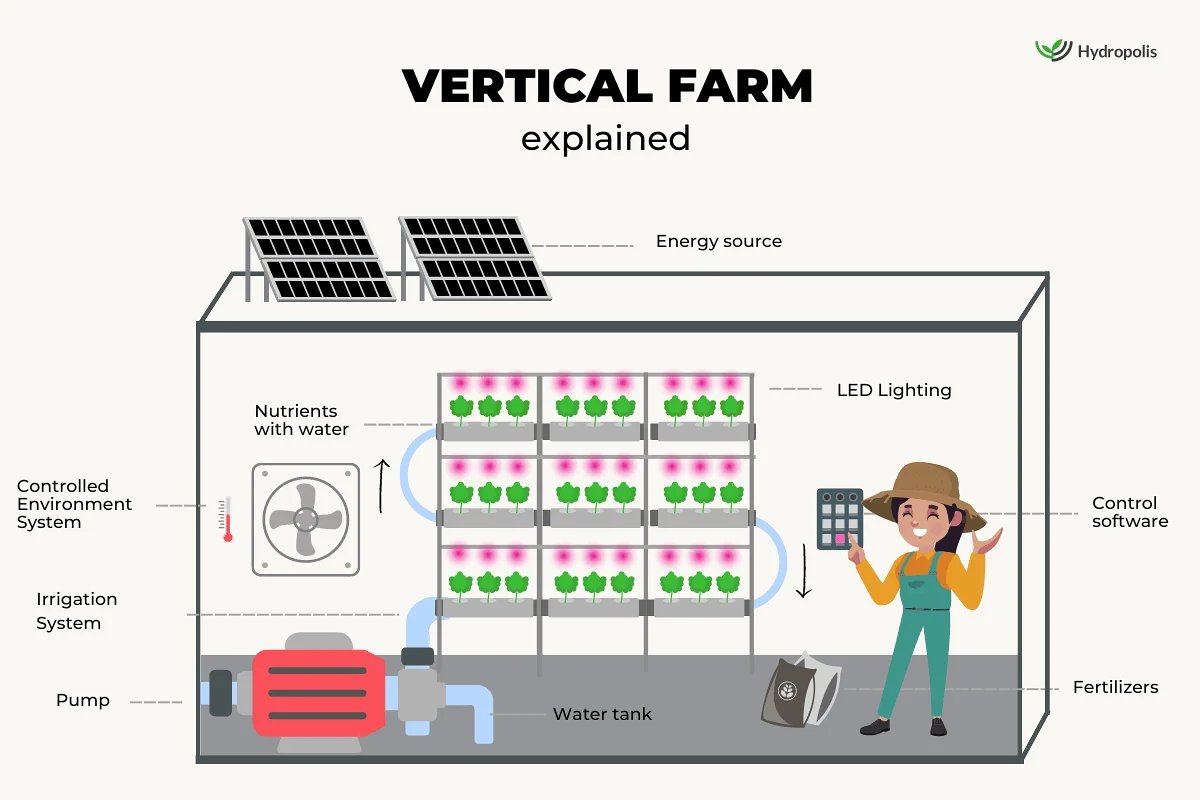
Companies around the world conduct experiments with new types of vegetables and fruits to grow them on vertical farms. For instance, drones monitor fruit quality and size, while iFarm even purchases specially trained Dutch bumblebees from the Koppert Company. They pollinate the blooming fruit plants on the farm according to the schedule.
We have worked on a project in the vertical farming niche for the Lite&Fog startup. Read more in our portfolio.
Looking for a reliable technology partner?
Accelerate your roadmap with our experienced dedicated software engineering team.
Contact usMain Components of Vertical Farming System
Numerous startups have already appeared in the vertical farming market. They conduct experimental work with various combinations of approaches and technologies, trying to grow different products with this farming method. Generally, each of these solutions has specific mutual elements:
1. Multi-level metal structures specifically designed for growing plants using this method. Their outer appearance may differ depending on the target premises and the plants grown.
2. An LED illumination system adjustable for the controlled plant growth and flowering rate. Because closed premises have limited access to natural light, illumination intensity is critical for a rich harvest.
3. Vertical farms can use different environment types to grow plants. The three basic ones used in vertical farming are hydroponic, aeroponic, and aquaponic.
4. A climate control system is an essential element for vertical farming. For optimal plant cultivation conditions, it is necessary to ensure precise control over temperature, humidity, and air circulation.
5. Smart sensors are another important component of a vertical farming technique. The Internet of Things (IoT) is a critical component, as it is impossible to ensure good farm productivity without constant monitoring of the surrounding environment and plant condition.
6. Automation systems for plant cultivation management. They may include planting and harvesting systems controlled by artificial intelligence and may, as well, use robots.
7. Besides all the points above, indoor farms need a reliable energy source to power illumination, climate control systems, and other equipment.
8. Functional and reliable software is another often unobvious element. It can optimize employees’ work, manage specific farm aspects, and control an entire farming complex, data aggregation, interpretation, and visualization.
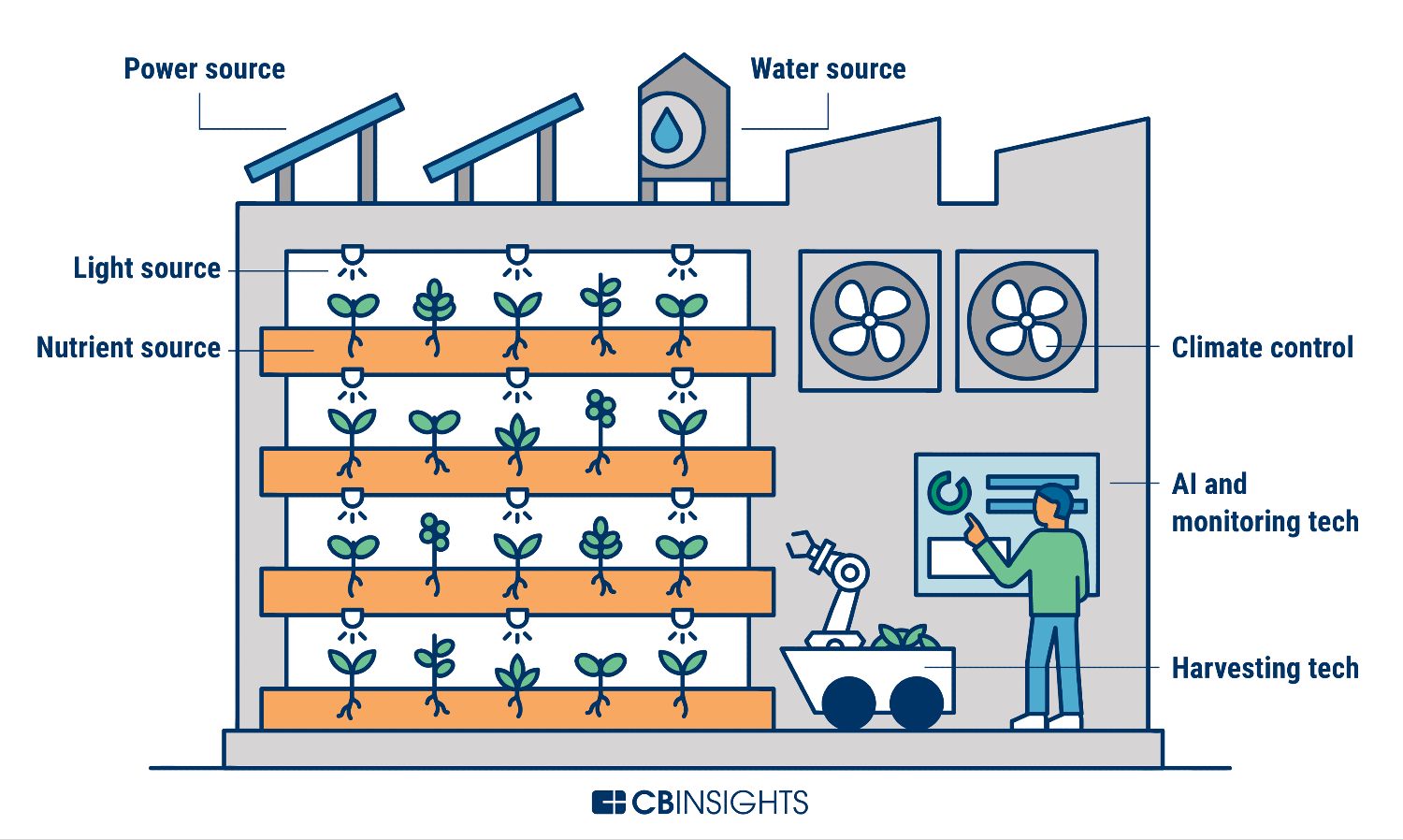
Let’s drive innovation in your company!
Share your business needs and we will help you develop the perfect-fit software solution for your organization.
Contact usBenefits of Vertical Farming: How Technology is Revolutionizing Food Production
Vertical farming solves several problems of classic farms and has many crucial advantages, making this industry a promising direction for new startups.
- Vertical farms occupy less space, allow farmers to grow more plants per area unit without fertile land, save water, and use fewer fertilizers.
- Due to controlled air flows within the premises, pests cannot get inside, and therefore, there is no need to resort to pesticides to fight them.
- Due to minimal dependence on weather conditions, fresh greens are available all year round. This factor puts vertical farming products in demand among restaurants and stores offering vegetables and fruits in a premium segment.
- Vertical farming is possible even in densely populated urban areas with limited available space. Product delivery logistics are less complicated, and corresponding expenses are lower.
- Vertical farms allow entrepreneurs to grow food products in several layers and use the available space to its full extent. This approach ensures high yields per area compared to traditional farming methods.
- Precise control over plant cultivation and shortened supply chains allow entrepreneurs to reduce harvest spoilage and food waste rates significantly.
All the factors recollected above make this business area a promising investment direction, guaranteeing good returns for the companies engaged in this kind of business.
Summing Up
Vertical farming offers many advantages and allows successful food growing in places where it was previously difficult and unprofitable. While the variety of plants grown increases, delivery logistics improves, and energy costs get lower, the vertical farm industry will continue to grow.
The sector will become even more profitable if such technological advancements as AI, IoT, and machine learning find their use in it, while robotics and automation will free people from routine tasks.At SmartTek Solutions, we possess all the necessary expertise to help companies operating in this area achieve better business results and successfully compete in the market.
If you are looking for a reliable technology partner to work on a project related to vertical farming, contact us and let us discuss the details!





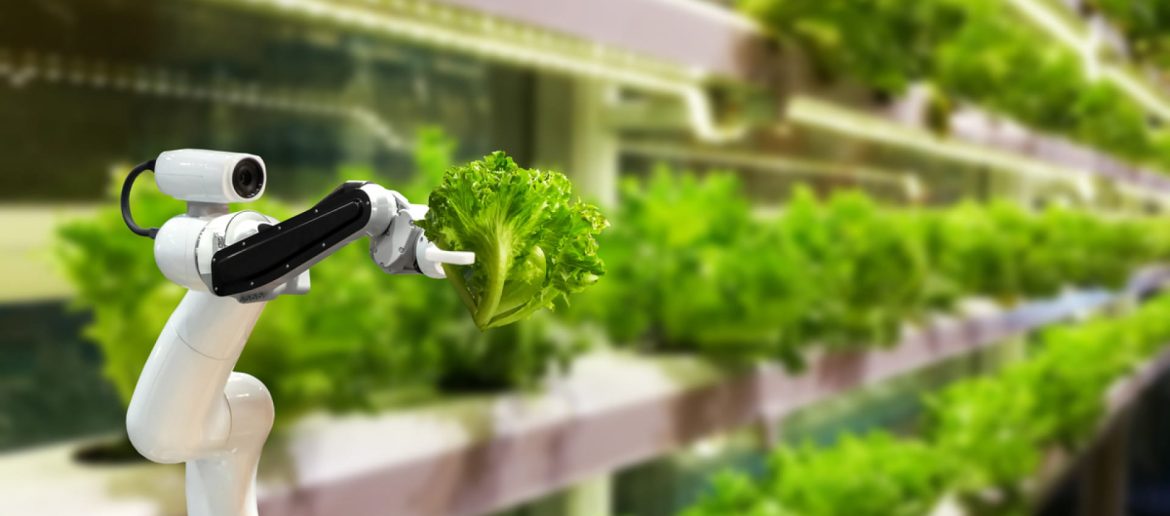
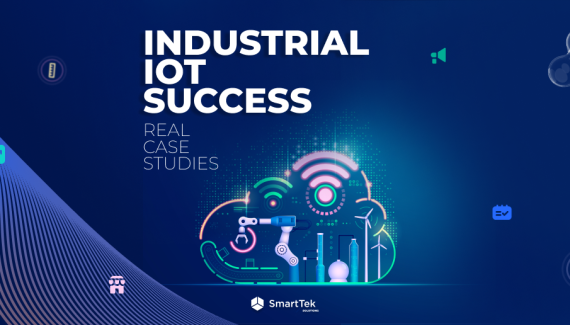 view the post
view the post
 view the post
view the post
 view the post
view the post

